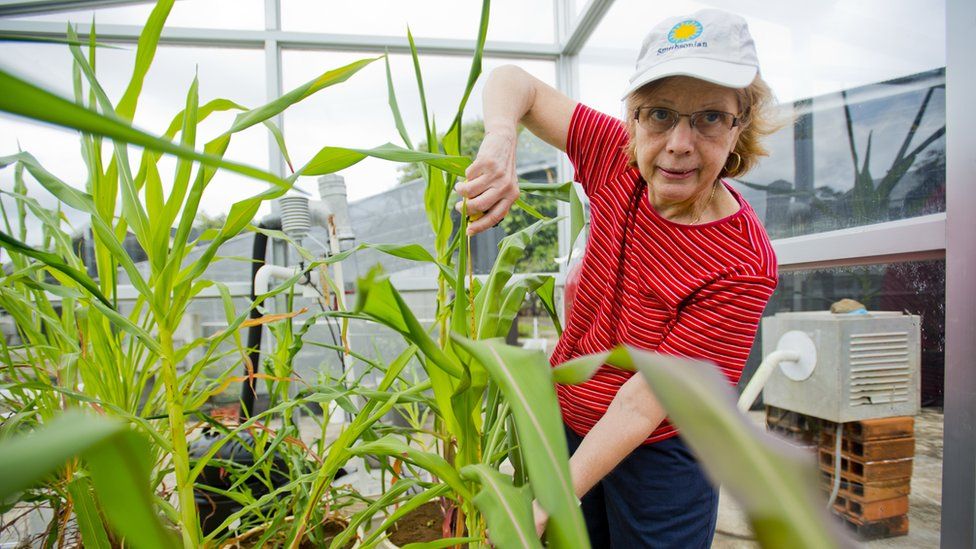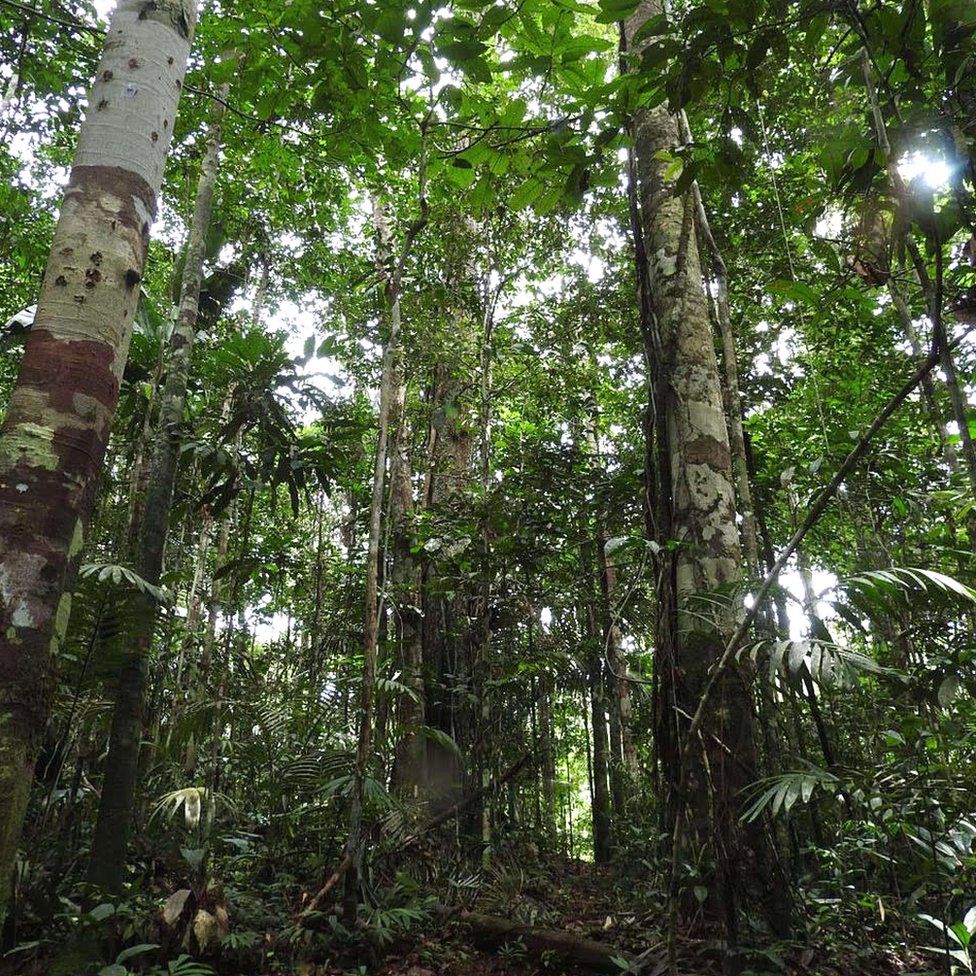The Sustainable Lifestyle Of Amazon Dwellers
Scientists in Peru have been studying the soil levels of the Amazon forests to find microscopic fossil evidence of human impact. They found that the indigenous people who had lived there for 5,000 years did so without harming any species or the forest itself.
The woman who led the study, Dr. Delores Piperno, says that the evidence found can help to shape our modern conservation efforts. If we can learn from the indigenous people, maybe we can live in the Amazon forest without damaging its biodiversity.

Her study also adds to the information suggesting that indigenous people actively helped to shape the landscape into what it is today. Before the Europeans arrived on the continent, they are believed to have proactively planted certain species of trees in the area.
Their Process
Delores and her team conducted a botanical archaeology study on three different sites in a remote part of north-eastern Peru. By excavating and dating soil layers, they could get an idea of the forest’s history.
In the sediment layers are these microscopic fossils called phytoliths. They act as records of what plant flourished and thrived in the area, many of which have survived for thousands of years. “We found very little sign of human modification over 5,000 years,” said Dr. Piperno.

According to the scientists involved in the study, indigenous knowledge may be crucial in helping us to preserve the biodiversity of the Amazon. These ancient cultures hold deep knowledge of the forests, and it’s important that they include this knowledge in their conservation efforts.
